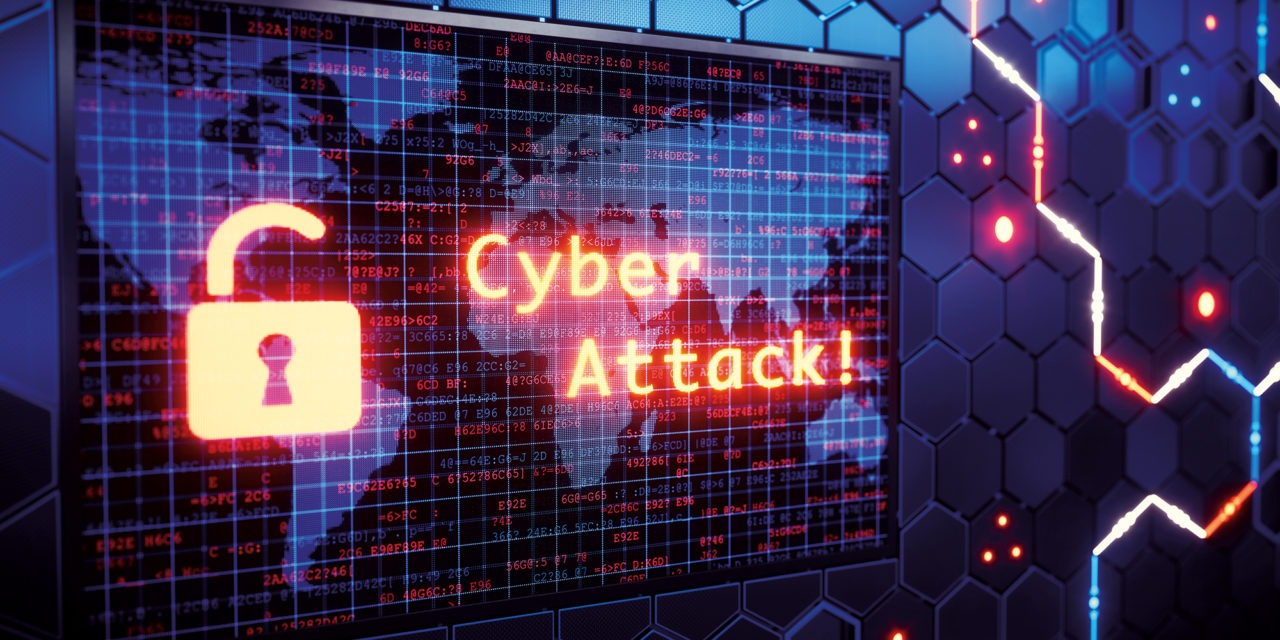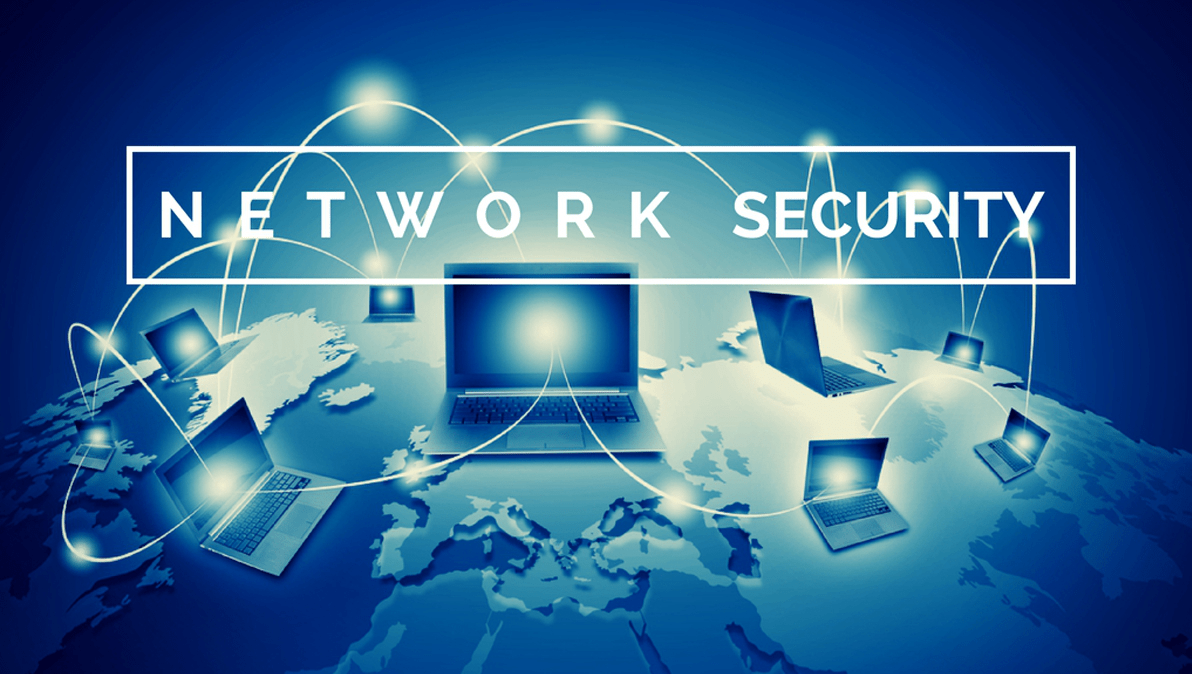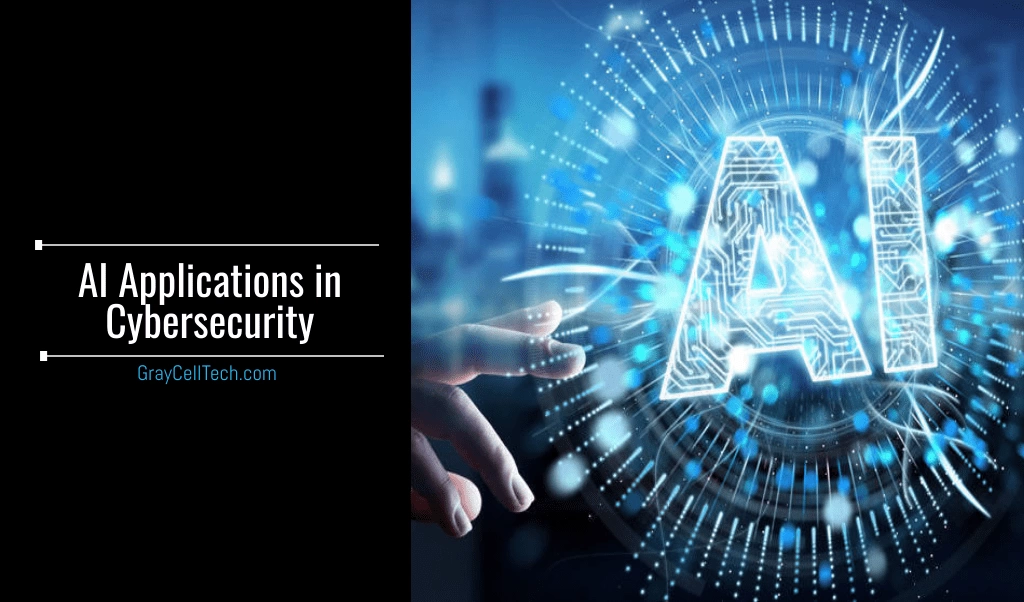“According to a report, AI in the cybersecurity market will reach from 8.8 billion U.S. dollars in 2019 to 38.2 billion U.S. dollars at the highest CAGR of 23.3%.”
Cyber-attacks are increasing day by day and the zero-day attacks are also trending. To overcome such evolving threats, you need to be prepared for more advanced counter mechanisms and stay ahead of cyber threats with artificial intelligence (AI). There are several tools and security devices that leverage AI technology to automate the process of attack detection and prevention and make this process easy.
Contribution of AI in Cybersecurity
Artificial Intelligence has provided new opportunities to detect cyberattacks and mitigate risks. Multiple cyber threats arise daily that increase the attack surfaces of the organization. AI helps to delve deeper into the key areas to identify threats and mitigate them by adjusting the AI-powered system suitably.
- AI helps to identify and prevent cyber-attacks.

With its reference modules and pre-determined attack engines, AI enables you to easily detect the inbound cyber-attacks. Generally, your websites and applications get attacked using pre-defined scenarios, methods, and techniques. You can easily identify such attacks with the help of AI-based detection techniques. Once you have identified the ongoing attacks, you can add some of the pre-requisites in the AI engine to mitigate future risks.
- AI helps to automate cyberattacks.
AI is rapidly growing in cyberspace, which is boon as well as bane for IT industries. AI applications can not only automate the process of mitigating cyber threats but also automate cyber-attacks.
Cyber-attacks are pre-programmed (according to the analysis of threat vectors of the company) and can attack the same company in different ways.
The availability of open-source AI-enabled hacking tools and software has led to an increase in the threat landscape. It has helped small attackers, or newbies to create scenarios leveraging AI, which could be more dangerous.
What is the Impact of AI on Cybersecurity?
We know that AI can improve security, but at the same time, it can also give cybercriminals access to systems without any human intervention. In short, AI can impact in a positive as well as negative manner.
Here, we’ll discuss how AI creates a positive impact on cybersecurity.
- Vulnerability Management
Organizations are striving to manage and prioritize a large number of new vulnerabilities daily. Conventional techniques for vulnerability management respond to incidents only after hackers have exploited the vulnerability.
The vulnerability management capabilities of vulnerability databases can be improved using AI and Machine Learning techniques. AI-powered user and event behavior analytics (UEBA) tool can analyze the user behavior on servers and endpoints and further detect anomalies that may indicate an unknown attack. It helps to protect organizations before vulnerabilities are officially reported and patched.
- Threat Hunting
To identify threats, conventional security tools use signatures or attack indicators. This technique can easily identify previously discovered threats, but it is unable to detect threats that have not been discovered yet. Moreover, the traditional method can identify only 90% of threats.
Using AI, the detection rate of threats can increase by up to 95%. However, you can get multiple false positives.
Therefore, the combination of AI technology and traditional methods is ideal as it can increase the detection rate by up to 100% and also minimize false positives.
You can also integrate behavior analysis into AI to improve threat hunting. For example, you can generate a profile of each application of your organization’s network by analyzing data from endpoints.
- Network Security

Conventional techniques for network security focus on the following two main aspects:
- Creating security policies: Security policies enable you to distinguish between legitimate and malicious network connections. Although policies enforce a zero-trust model, it is a challenge to create and maintain them for a large number of networks.
- Understanding the network environment: Generally, organizations don’t have precise naming conventions for applications and workloads. As a consequence, the security team will need to determine what set of workloads belong to a given application, that will consume a lot of time.
AI can learn patterns of network traffic and recommend both security policies and functional workload grouping to enhance network security.
- Data Centers
Critical data center processes such as power consumption can be monitored and optimized using AI. AI offers insights into what values can improve the security and effectiveness of data center infrastructure.
With AI, you can reduce maintenance costs as this technology prompts alerts that will tell you when to attend hardware failures. AI-based alerts can enable you to fix your equipment before the occurrence of further damage.
Some Real-Life Applications of AI in Cybersecurity
- Spam Filteration
Gmail is leveraging AI to filter out emails and provide a spam-free environment efficiently. The Machine Learning framework (TensorFlow) has enabled Gmail to block 100 million spam messages in a day.
- Cyber Threat Detection
IBM’s Watson helps in addressing the challenge of detecting cyber threats. This system offers cybersecurity solutions by leveraging the Machine Learning technique for cognitive training.
- Cloud Video Intelligence

Google utilizes Deep Learning AI on its Cloud Video Intelligence platform. This technology helps in analyzing the videos (that are stored on the server) based on their content and context. In case something suspicious is found, then the AI algorithms send security alerts.
AI Revolutionizing Cybersecurity
Although AI is not 100% foolproof just like any other cybersecurity solution, still it’s a blessing. AI is a double-edged sword that can automate mundane tasks and limit cyber-attacks. In the future, automation will take over daily tasks minimizing the chances of human errors and negligence. Thus, AI-powered systems will become an integral part of cybersecurity solutions






